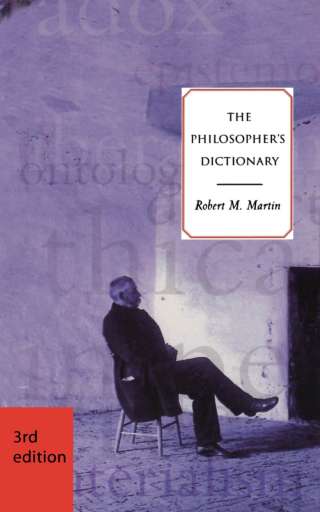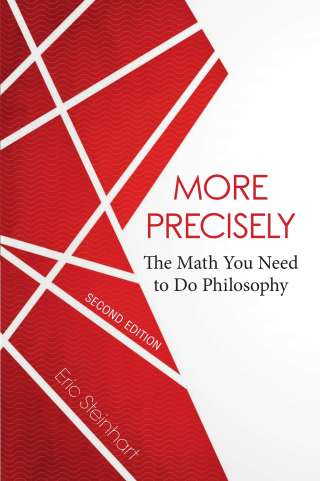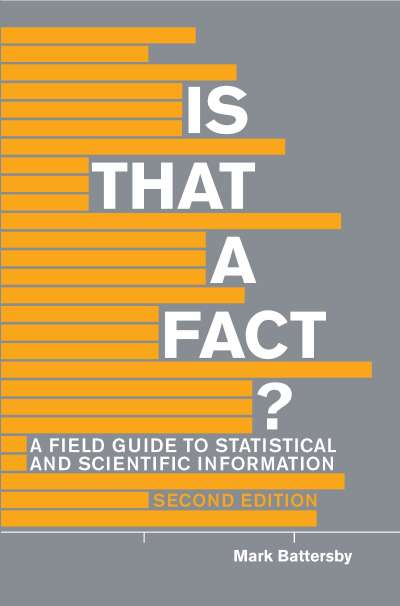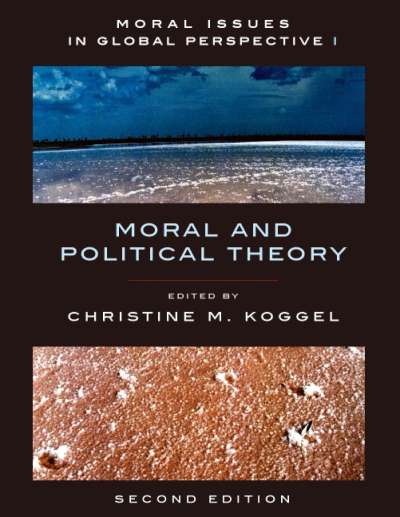In recent years, developments in experimental philosophy have led many thinkers to reconsider their central assumptions and methods. It is not enough to speculate and introspect from the armchair—philosophers must subject their claims to scientific scrutiny, looking at evidence and in some cases conducting new empirical research. The Theory and Practice of Experimental Philosophy is an introduction and guide to the systematic collection and analysis of empirical data in academic philosophy.
This book serves two purposes: first, it examines the theory behind “x-phi,” including its underlying motivations and the objections that have been leveled against it. Second, the book offers a practical guide for those interested in doing experimental philosophy, detailing how to design, implement, and analyze empirical studies. Thus, the book explains the reasoning behind x-phi and provides tools to help readers become experimental philosophers.
Comments
“This book is an amazing accomplishment. The first four chapters offer an up to the minute overview of work in experimental philosophy and a persuasive response to x-phi’s critics. The remaining ten chapters provide a sophisticated and authoritative how-to-do-it guide for those who want to do experimental philosophy: research design, statistics and even IRB approval—it’s all here.” — Stephen Stich, Board of Governors Distinguished Professor of Philosophy & Cognitive Science, Rutgers University.
“Experimental philosophy is by far the most significant and exhilarating development in philosophy during the 21st century. Justin Sytsma and Jonathan Livengood’s book vividly conveys the enthusiasm embodied by this philosophical movement, introduces philosophers to the tools needed to do experimental philosophy, and explores the philosophical significance of experimental philosophy in depth and with great care. A must-read for beginners and advanced philosophers alike.” — Edouard Machery, University of Pittsburgh
“This book is the real thing—a beautifully accessible, wonderfully well-informed introduction to the field from two highly accomplished practitioners. It is a perfect point of entrance for people who want to find out what experimental philosophy is all about.” — Joshua Knobe, Yale University
“A clear-headed, up-to-date introduction to the nature and methods of experimental philosophy, by two leading contributors to the field.” — Eric Schwitzgebel, University of California, Riverside
“This book is a one-stop shop to bring yourself up to speed on both the theory and practice of experimental philosophy. Get this book, and get in on the fun!” — Ron Mallon, Washington University in St. Louis
“The Theory and Practice of Experimental Philosophy represents a tremendously important accomplishment—the creation of a genuinely interdisciplinary “how to” manual, something of interest to philosophers and social scientists alike. It has already become a “must read” for students interested in working in my lab.” — Jen Cole Wright, College of Charleston
Figures and Tables
Acknowledgments
Introduction: An Anti-Manifesto
PART I: THEORY
Chapter 1: The New Experimental Philosophy
- What Is Experimental Philosophy?
- Experimental Philosophy of Experimental Philosophy
- Summary and Suggestions for Further Reading
Chapter 2: Motivations and Categorizations
- Philosophical Inquiry
- The Wonderment Account
- The Historical Contingency Account
- The Normative Account
- The Modal Account
- The Rational Account
- The Conceptual Account
- A Classification Scheme
- Non-Intuitional vs. Intuitional Experimental Philosophy
- Intuitional Experimental Philosophy
- The Evidential Approach
- The Neutral Approach
- Summary and Suggestions for Further Reading
Chapter 3: Programs and Examples
- The Non-Intuitional Program
- The Negative Program
- Knowledge
- Reference
- The Positive Program
- Compatibilism about Free Will
- Playing Defense
- The Cognitive Program
- Sources of Moral Intuitions
- Sources of Attributions of Intentionality
- Sources of Attributions of Consciousness
- The Descriptive Program
- Summary and Suggestions for Further Reading
Chapter 4: Criticisms and Responses
- The Mischaracterization Objection
- Explaining Away Appeals to Intuitions
- Against the Mischaracterization Objection’s Empirical Claim
- Against the Critical Inference
- The Error Objection
- Sosa’s Version of the Error Objection
- Kauppinen’s Version of the Error Objection
- Three Replies to the Error Objection
- The Expertise Objection
- The Expertise Objection and Intuitions about Reference
- Four Replies to the Expertise Objection
- Summary and Suggestions for Further Reading
PART II: PRACTICE
Chapter 5: How to Conduct Empirical Research in Philosophy
- Empirical Inquiry and Statistical Inference
- Experiments and Control
- The Research Process
- Summary and Suggestions for Further Reading
Chapter 6: Developing a Research Question
- Formulating an Argument
- Deriving a Hypothesis
- Deciding on a Strategy
- Goals
- Type of Claim
- Summary and Suggestions for Further Reading
Chapter 7: Determining the Research Design
- Simple Designs and Factorial Designs
- Between-Participants, Within-Participants, and Mixed Model Designs
- Summary and Suggestions for Further Reading
Chapter 8: Advanced Research Designs
- Pretests and Posttests
- Blocking
- Complete, Incomplete, and Fractional Factorial Designs
- Counterbalancing
- Summary and Suggestions for Further Reading
Chapter 9: Constructing an Instrument
- Conversational Pragmatics
- Types of Questions
- Types of Variables
- Summary and Suggestions for Further Reading
Chapter 10: A Brief Introduction to R
- Getting Started with R
- Naming and Retrieval
- Reading Files
- Loading Packages
- Summary and Suggestions for Further Reading
Chapter 11: Conducting a Study
- Pilot Testing and Institutional Approval
- Sampling, Probably by Convenience
- Data Visualization and Summary Statistics
- Histograms
- Means and Standard Deviations
- Medians
- Boxplots
- Summary and Suggestions for Further Reading
Chapter 12: Analyzing Estimation Claims
- Parametric Estimation
- Example: Drawing Marbles from a Bucket
- Confidence Intervals for Population Proportions
- Confidence Intervals for Population Means
- Non-Parametric Estimation
- Confidence Intervals for Population Proportions
- The Wilcoxon Procedure
- Bootstrap Resampling
- Bayesian Estimation
- Summary and Suggestions for Further Reading
Chapter 13: Analyzing Comparison Claims
- Parametric Comparison
- Comparing a Location Parameter to a Fixed Value
- Comparing Multiple Location Parameters
- Effect Size and Statistical Power
- Non-Parametric Comparison
- Comparing Population Proportions
- The Wilcoxon Procedure
- Bootstrap Resampling
- Bayesian Comparison
- A Bayesian Alternative to the t-test
- Bayesian Power Calculations
- Summary and Suggestions for Further Reading
Chapter 14: Analyzing Relation Claims
- Simple Linear Regression
- Diagnostics for Simple Linear Regression
- One-Way Analysis of Variance
- Logistic Regression and Ordered Logistic Regression
- Multiple Regression and Advanced Experimental Designs
- An Introduction to Causal Search
- Summary and Suggestions for Further Reading
References
Index
Justin Sytsma is Senior Lecturer in the Philosophy Programme at Victoria University of Wellington, New Zealand.
Jonathan Livengood is Assistant Professor of Philosophy at the University of Illinois, Urbana-Champaign.
The companion site includes data sets for use with the software discussed in the book. Access to the website is not restricted by a passcode.











